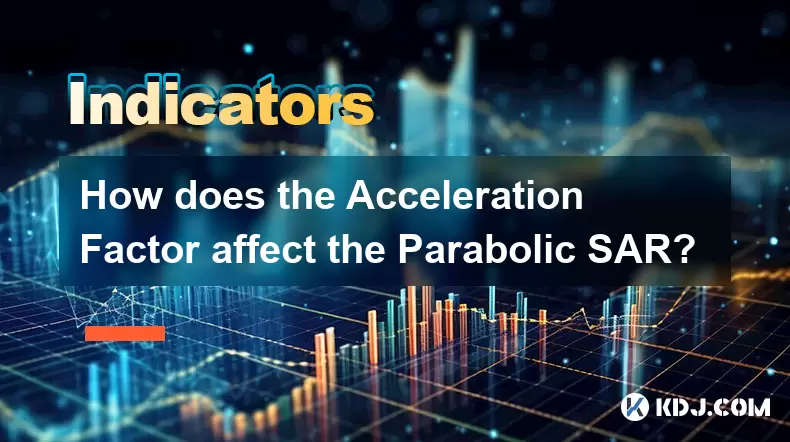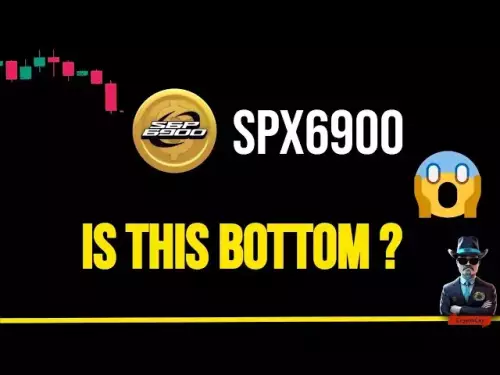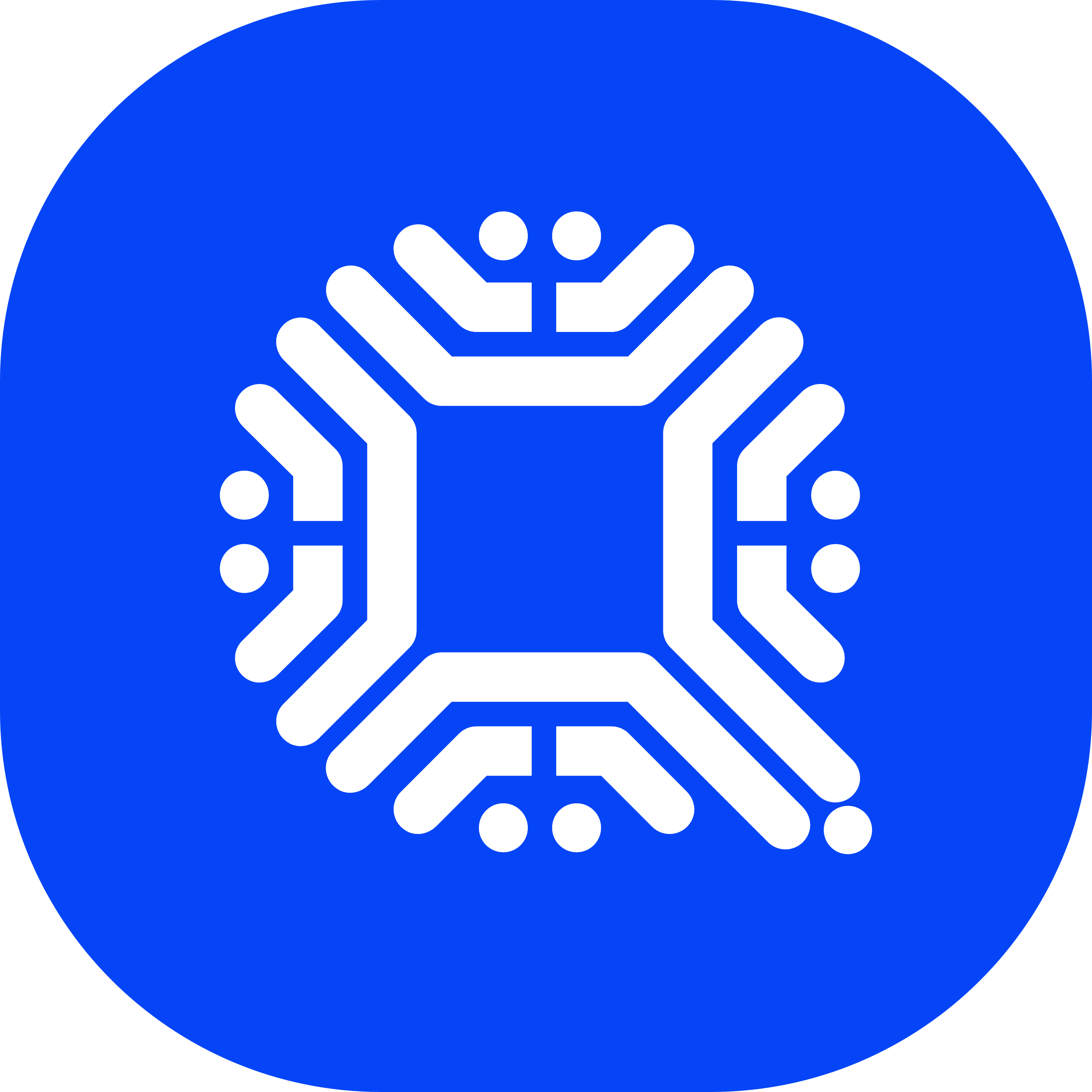-
 Bitcoin
Bitcoin $113100
-1.74% -
 Ethereum
Ethereum $4800
1.16% -
 XRP
XRP $3.041
0.36% -
 Tether USDt
Tether USDt $0.9999
0.02% -
 BNB
BNB $876.6
-0.40% -
 Solana
Solana $205.1
0.96% -
 USDC
USDC $0.0000
0.00% -
 Dogecoin
Dogecoin $0.2345
-0.10% -
 TRON
TRON $0.3629
0.40% -
 Cardano
Cardano $0.9260
1.91% -
 Chainlink
Chainlink $26.20
0.28% -
 Hyperliquid
Hyperliquid $46.04
2.89% -
 Sui
Sui $3.722
0.22% -
 Stellar
Stellar $0.4113
-0.53% -
 Ethena USDe
Ethena USDe $1.000
0.03% -
 Bitcoin Cash
Bitcoin Cash $590.3
0.39% -
 Avalanche
Avalanche $25.82
-0.01% -
 Hedera
Hedera $0.2504
-0.92% -
 Litecoin
Litecoin $119.1
-1.33% -
 UNUS SED LEO
UNUS SED LEO $9.598
0.03% -
 Toncoin
Toncoin $3.315
-1.69% -
 Shiba Inu
Shiba Inu $0.00001308
-1.02% -
 Uniswap
Uniswap $11.06
-2.10% -
 Polkadot
Polkadot $4.149
-1.10% -
 Dai
Dai $1.000
0.03% -
 Aave
Aave $350.7
-1.07% -
 Cronos
Cronos $0.1587
0.97% -
 Bitget Token
Bitget Token $4.664
-0.71% -
 Monero
Monero $274.5
3.42% -
 Ethena
Ethena $0.7021
-4.70%
How does the Acceleration Factor affect the Parabolic SAR?
The Parabolic SAR's Acceleration Factor (AF) starts at 0.02, increases by 0.02 with each new extreme point, and caps at 0.20, making the indicator more sensitive over time.
Aug 10, 2025 at 12:21 pm

Understanding the Parabolic SAR and Its Core Components
The Parabolic SAR (Stop and Reverse) is a technical analysis indicator used primarily to determine the direction of price movement and potential reversals in the market. Developed by J. Welles Wilder Jr., it appears as a series of dots placed either above or below the price candles on a chart. When the dots are below the price, it signals an uptrend; when above, a downtrend. One of the key variables in the Parabolic SAR calculation is the Acceleration Factor (AF), which plays a crucial role in how quickly the SAR value adjusts to price changes.
The formula for Parabolic SAR includes three main components: the prior SAR value, the Extreme Point (EP), and the Acceleration Factor. The AF starts at a base value, typically 0.02, and increases by a fixed increment—commonly 0.02—each time a new EP is reached. The maximum value the AF can reach is usually capped at 0.20, although traders can adjust this based on strategy.
The Role of the Acceleration Factor in Trend Sensitivity
The Acceleration Factor directly influences the sensitivity of the Parabolic SAR to price movements. A higher AF causes the SAR dots to converge more rapidly toward the price, making the indicator more responsive to short-term fluctuations. This increased sensitivity can lead to earlier reversal signals, which may benefit traders in volatile markets.
- When the AF is low (e.g., 0.02), the SAR trails the price more slowly, resulting in fewer but potentially more reliable signals.
- As the AF increases (e.g., 0.06, 0.10, up to 0.20), the SAR dots accelerate toward the price, tightening the distance between the indicator and the actual price action.
This dynamic adjustment means that during a strong trend, the SAR adapts more aggressively, helping traders stay in the trade longer while also preparing for a potential reversal. However, if the AF increases too quickly, the SAR may generate false reversal signals during minor pullbacks.
How the Acceleration Factor Adjusts During a Trend
The Acceleration Factor is not static; it evolves as the trend progresses. Each time a new high (in an uptrend) or new low (in a downtrend) is established, the Extreme Point is updated, and the AF increases by the step value (commonly 0.02). This mechanism ensures that the SAR becomes more sensitive the longer a trend persists.
- In an uptrend, the EP is the highest high reached during the trend.
- In a downtrend, the EP is the lowest low recorded.
As the trend continues and new EPs are set, the AF increases, which in turn increases the rate at which the SAR moves toward the price. This creates a "parabolic" effect—hence the name—where the SAR accelerates over time. The increasing AF helps the indicator tighten trailing stops automatically, offering a dynamic way to manage exit points.
For example, if the current SAR is at $100, the EP is $110, and the AF is 0.08, the next SAR value will be calculated using these values. If the price continues to rise and sets a new high, the EP updates to that high, and the AF increases to 0.10, causing the subsequent SAR to move closer to the price than it would have with a lower AF.
Impact of Acceleration Factor Settings on Trading Signals
Traders can customize both the initial AF and the step increment to suit different market conditions and timeframes. These adjustments significantly alter the behavior of the Parabolic SAR.
- Using a smaller step (e.g., 0.01) results in a slower increase in the AF, making the SAR less sensitive and reducing the number of reversal signals.
- A larger step (e.g., 0.04) causes the AF to rise quickly, making the SAR more reactive and prone to whipsaws in choppy markets.
Similarly, changing the maximum AF affects how aggressive the SAR becomes. A cap of 0.10 keeps the SAR conservative, while a cap of 0.20 or higher allows for tighter tracking of price.
- On shorter timeframes (e.g., 5-minute charts), traders might prefer a lower maximum AF to avoid noise.
- On daily or weekly charts, a higher maximum AF may be suitable to capture long-term trends more effectively.
These settings allow traders to fine-tune the Parabolic SAR to align with their risk tolerance and trading style. However, improper configuration can lead to premature exits or missed trends.
Practical Example: Adjusting AF in a Live Chart Scenario
Imagine a cryptocurrency like Bitcoin (BTC) entering a strong upward trend. The Parabolic SAR begins with an initial AF of 0.02, placing dots below the price. As BTC reaches new highs, the EP updates, and the AF increases by 0.02 each time.
- Day 1: Price high = $60,000 → EP = $60,000, AF = 0.02
- Day 3: Price high = $61,500 → EP updates, AF = 0.04
- Day 6: Price high = $63,200 → EP updates, AF = 0.06
With each increase in AF, the SAR value rises faster, moving closer to the current price. If BTC suddenly drops and the price falls below the SAR value, a reversal signal is triggered, indicating a potential end of the uptrend.
Now, suppose the trader sets the AF step to 0.05 instead of 0.02. The SAR would accelerate much faster, possibly flipping to a downtrend signal earlier—even if the drop is temporary. This demonstrates how small changes in AF settings can lead to vastly different trading decisions.
Common Misconceptions About the Acceleration Factor
Some traders believe the Acceleration Factor controls the starting point of the SAR, but this is incorrect. The initial SAR value is typically set to the most recent extreme point from the prior trend. The AF only governs the rate of change after the SAR is active.
Another misconception is that a higher AF always improves performance. In reality, an overly aggressive AF can cause the SAR to reverse too frequently, especially in ranging markets. This can lead to repeated losing trades due to whipsaw effects.
It’s also important to note that the AF does not influence the direction of the SAR—it only affects the speed at which the SAR approaches the price. The actual reversal is determined by whether the price crosses the SAR value, not by the AF itself.
Frequently Asked Questions
Q: Can the Acceleration Factor decrease during a trend?
No, the Acceleration Factor only increases when a new Extreme Point is reached. It does not decrease during an ongoing trend. Once a reversal occurs, the AF resets to its initial value (e.g., 0.02), and the process begins anew in the opposite direction.
Q: What happens if the price moves sideways while the AF is increasing?
In a sideways market, the Extreme Point may not update frequently, so the AF remains unchanged. However, if minor highs or lows are set, the AF can still increase, potentially causing the SAR to generate false signals as it converges toward the price without a clear trend.
Q: Is the default AF step of 0.02 suitable for all cryptocurrencies?
Not necessarily. Highly volatile cryptocurrencies like Dogecoin or Shiba Inu may benefit from a smaller step (e.g., 0.01) to reduce noise. More stable assets like Bitcoin or Ethereum might perform better with the standard 0.02 step, depending on the timeframe.
Q: How do I change the AF settings on common trading platforms?
On platforms like TradingView or MetaTrader, locate the Parabolic SAR indicator in the studies section. Click on its settings, then adjust the "Step" (AF increment) and "Maximum" (cap for AF). For example, set Step to 0.01 and Maximum to 0.10 for a smoother, less sensitive SAR. Apply the changes to see the updated indicator on your chart.
Disclaimer:info@kdj.com
The information provided is not trading advice. kdj.com does not assume any responsibility for any investments made based on the information provided in this article. Cryptocurrencies are highly volatile and it is highly recommended that you invest with caution after thorough research!
If you believe that the content used on this website infringes your copyright, please contact us immediately (info@kdj.com) and we will delete it promptly.
- MAGACOIN Finance: Can This Crypto Presale Deliver Explosive Gains?
- 2025-08-25 09:25:14
- XRP Price, Solana, and Meme Coins: What's Hot in the Crypto Streets?
- 2025-08-25 09:25:14
- Cardano, Bitcoin, and Presales: Navigating the 2025 Crypto Landscape, MAGACOIN FINANCE in Focus
- 2025-08-25 09:30:12
- Hyperliquid, WLFI-USD, and DeFi Equity: A Deep Dive
- 2025-08-25 09:45:22
- BlockDAG: A Layer 1 Solution Thriving in a Volatile Market
- 2025-08-25 10:05:22
- Ripple's RLUSD and Japan's Regulation: A Match Made in Digital Finance Heaven
- 2025-08-25 07:05:29
Related knowledge

What does it mean when the +DI and -DI cross frequently in the DMI indicator but the ADX is flattening?
Aug 11,2025 at 03:15am
Understanding the DMI Indicator ComponentsThe Directional Movement Index (DMI) is a technical analysis tool composed of three lines: the +DI (Positive...

What does the sudden appearance of a "dark cloud cover" candlestick pattern during an uptrend indicate?
Aug 13,2025 at 11:35am
Understanding the 'Dark Cloud Cover' Candlestick PatternThe dark cloud cover is a bearish reversal pattern in technical analysis that typically appear...

What does it mean when the moving average, MACD, and RSI all send buy signals simultaneously?
Aug 11,2025 at 01:42pm
Understanding the Convergence of Technical IndicatorsWhen the moving average, MACD, and RSI all generate buy signals at the same time, traders interpr...

What does it mean when both the KDJ indicator and the RSI show overbought signals simultaneously?
Aug 13,2025 at 11:35am
Understanding the KDJ Indicator in Cryptocurrency TradingThe KDJ indicator is a momentum oscillator derived from the Stochastic Oscillator, widely use...

What does it mean when the price is trading above the SAR indicator but the red dots are densely packed?
Aug 09,2025 at 11:49pm
Understanding the SAR Indicator and Its Visual SignalsThe SAR (Parabolic Stop and Reverse) indicator is a technical analysis tool used primarily to de...

What does it mean when the candlestick chart forms a "Morning Star" but trading volume is sluggish?
Aug 12,2025 at 06:28pm
Understanding the Morning Star Candlestick PatternThe Morning Star is a three-candle bullish reversal pattern commonly observed in cryptocurrency pric...

What does it mean when the +DI and -DI cross frequently in the DMI indicator but the ADX is flattening?
Aug 11,2025 at 03:15am
Understanding the DMI Indicator ComponentsThe Directional Movement Index (DMI) is a technical analysis tool composed of three lines: the +DI (Positive...

What does the sudden appearance of a "dark cloud cover" candlestick pattern during an uptrend indicate?
Aug 13,2025 at 11:35am
Understanding the 'Dark Cloud Cover' Candlestick PatternThe dark cloud cover is a bearish reversal pattern in technical analysis that typically appear...

What does it mean when the moving average, MACD, and RSI all send buy signals simultaneously?
Aug 11,2025 at 01:42pm
Understanding the Convergence of Technical IndicatorsWhen the moving average, MACD, and RSI all generate buy signals at the same time, traders interpr...

What does it mean when both the KDJ indicator and the RSI show overbought signals simultaneously?
Aug 13,2025 at 11:35am
Understanding the KDJ Indicator in Cryptocurrency TradingThe KDJ indicator is a momentum oscillator derived from the Stochastic Oscillator, widely use...

What does it mean when the price is trading above the SAR indicator but the red dots are densely packed?
Aug 09,2025 at 11:49pm
Understanding the SAR Indicator and Its Visual SignalsThe SAR (Parabolic Stop and Reverse) indicator is a technical analysis tool used primarily to de...

What does it mean when the candlestick chart forms a "Morning Star" but trading volume is sluggish?
Aug 12,2025 at 06:28pm
Understanding the Morning Star Candlestick PatternThe Morning Star is a three-candle bullish reversal pattern commonly observed in cryptocurrency pric...
See all articles

























































































